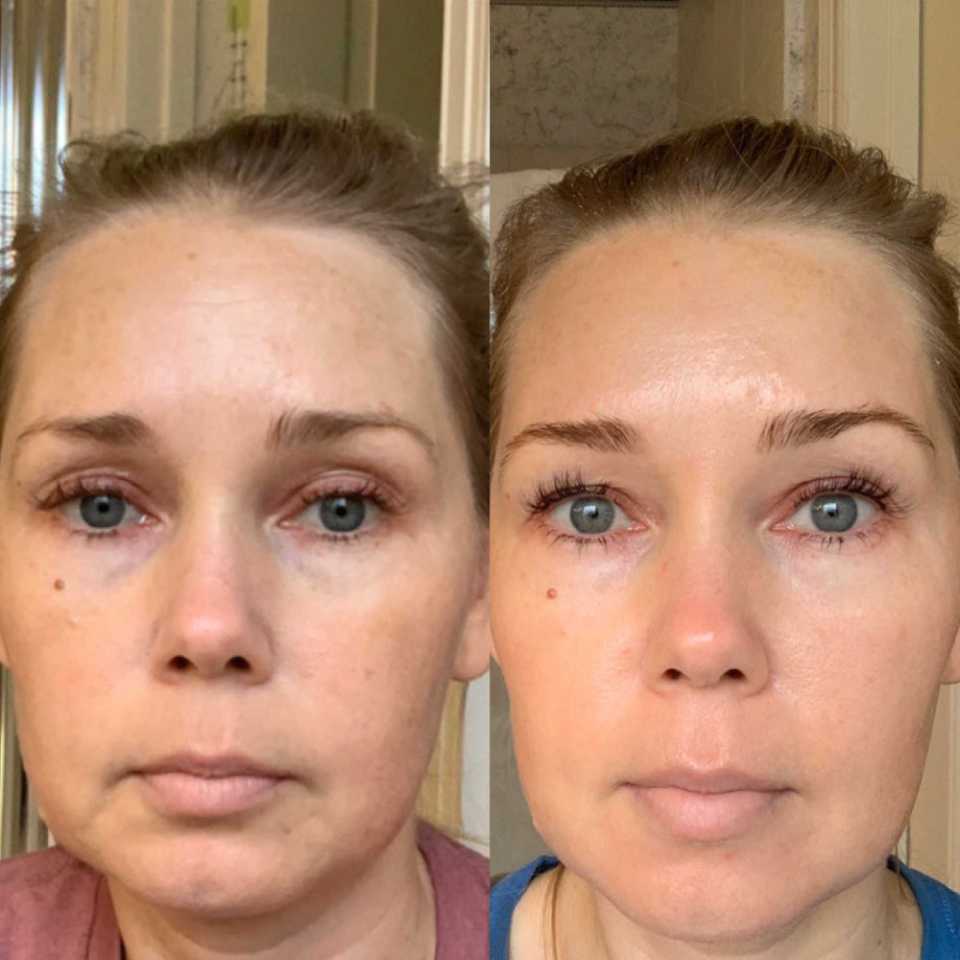The Benefits of Tretinoin: A Comprehensive Guide
Welcome to our comprehensive guide on the benefits of tretinoin. In this article, we will explore the various advantages of using tretinoin and how it can positively impact your skin. Tretinoin, a derivative of vitamin A, is widely recognized for its effectiveness in treating various skin conditions. Let’s delve into the details and understand why tretinoin is highly regarded in the skincare community.
Understanding Tretinoin
Tretinoin, also known as all-trans retinoic acid, is a topical medication commonly prescribed for the treatment of acne, fine lines, wrinkles, and other skin issues. It works by increasing cell turnover and stimulating collagen production, resulting in smoother and healthier-looking skin.
The Benefits of Tretinoin
Acne Treatment
Tretinoin is widely recognized for its effectiveness in treating acne. It helps unclog pores, reduces inflammation, and prevents the formation of new acne lesions. By regulating skin cell turnover, it also helps prevent the formation of comedones, which are the primary cause of acne.
Anti-Aging Effects
One of the remarkable benefits of tretinoin is its ability to combat signs of aging. Regular use of tretinoin can reduce the appearance of fine lines, wrinkles, and age spots. It stimulates collagen production, which improves skin elasticity and firmness, resulting in a more youthful complexion.
Hyperpigmentation Treatment
Tretinoin is also effective in treating hyperpigmentation, such as melasma or sunspots. It inhibits the production of melanin, which is responsible for the darkening of the skin. With consistent use, tretinoin can help fade hyperpigmentation and even out skin tone.
Smoother Skin Texture
Regular application of tretinoin can lead to smoother skin texture. It helps exfoliate the outermost layer of dead skin cells, revealing fresh and radiant skin underneath. Tretinoin also promotes the production of new skin cells, resulting in a smoother and more refined complexion.
Treatment of Keratosis Pilaris
Keratosis pilaris is a common skin condition characterized by small, rough bumps on the skin, typically on the arms and thighs. Tretinoin can help improve this condition by exfoliating the affected areas and reducing the appearance of roughness.

In conclusion, tretinoin offers numerous benefits for the skin. From acne treatment to anti-aging effects and hyperpigmentation treatment, this topical medication is a versatile solution for various skin concerns. With its ability to improve skin texture and treat conditions like keratosis pilaris, tretinoin is a valuable addition to any skincare routine.
If you are considering using tretinoin, it is important to consult with a dermatologist to determine the right concentration and application method for your specific needs. Remember to follow the prescribed usage instructions and be patient, as the full benefits of tretinoin may take several weeks to become noticeable.
Frequently Asked Questions – Benefits of Tretinoin
1. What is tretinoin?
Tretinoin is a topical medication derived from vitamin A that is commonly used to treat acne and improve the appearance of the skin.
2. How does tretinoin benefit the skin?
Tretinoin works by speeding up the skin cell turnover process, which helps to unclog pores, reduce acne breakouts, and improve the overall texture and tone of the skin.
3. Can tretinoin reduce wrinkles and fine lines?
Yes, tretinoin is known for its anti-aging properties. It stimulates collagen production, which can help reduce the appearance of wrinkles, fine lines, and other signs of aging.
4. Does tretinoin help with hyperpigmentation?
Yes, tretinoin can be effective in reducing hyperpigmentation, such as dark spots and melasma. It helps to fade these areas by promoting skin cell turnover and inhibiting the production of melanin.
5. How long does it take to see results with tretinoin?
Results may vary, but it typically takes several weeks to months of consistent use to see noticeable improvements in the skin. Patience and adherence to the prescribed treatment plan are key.
6. Can tretinoin make my skin more sensitive to the sun?
Yes, tretinoin can increase the skin’s sensitivity to the sun. It is important to use sunscreen and protective clothing while using tretinoin to avoid sunburn and further skin damage.
7. Are there any side effects of using tretinoin?
Some common side effects of tretinoin include redness, peeling, dryness, and mild irritation. These side effects are usually temporary and can be minimized by starting with a lower concentration and gradually increasing it.
8. Can tretinoin be used by everyone?
Tretinoin may not be suitable for everyone. It is important to consult a healthcare professional before using tretinoin, especially if you have any underlying skin conditions, or allergies, or are pregnant or breastfeeding.
9. How should I incorporate tretinoin into my skincare routine?
Tretinoin is typically applied once a day, usually at night, to clean and dry skin. It is important to follow the instructions provided by your healthcare professional or the product label for proper usage.
10. Can tretinoin be used with other skincare products?
Tretinoin can interact with certain skincare products, such as harsh cleansers, exfoliants, and products containing benzoyl peroxide. It is advisable to consult with a healthcare professional or dermatologist to determine the best skincare routine while using tretinoin.




